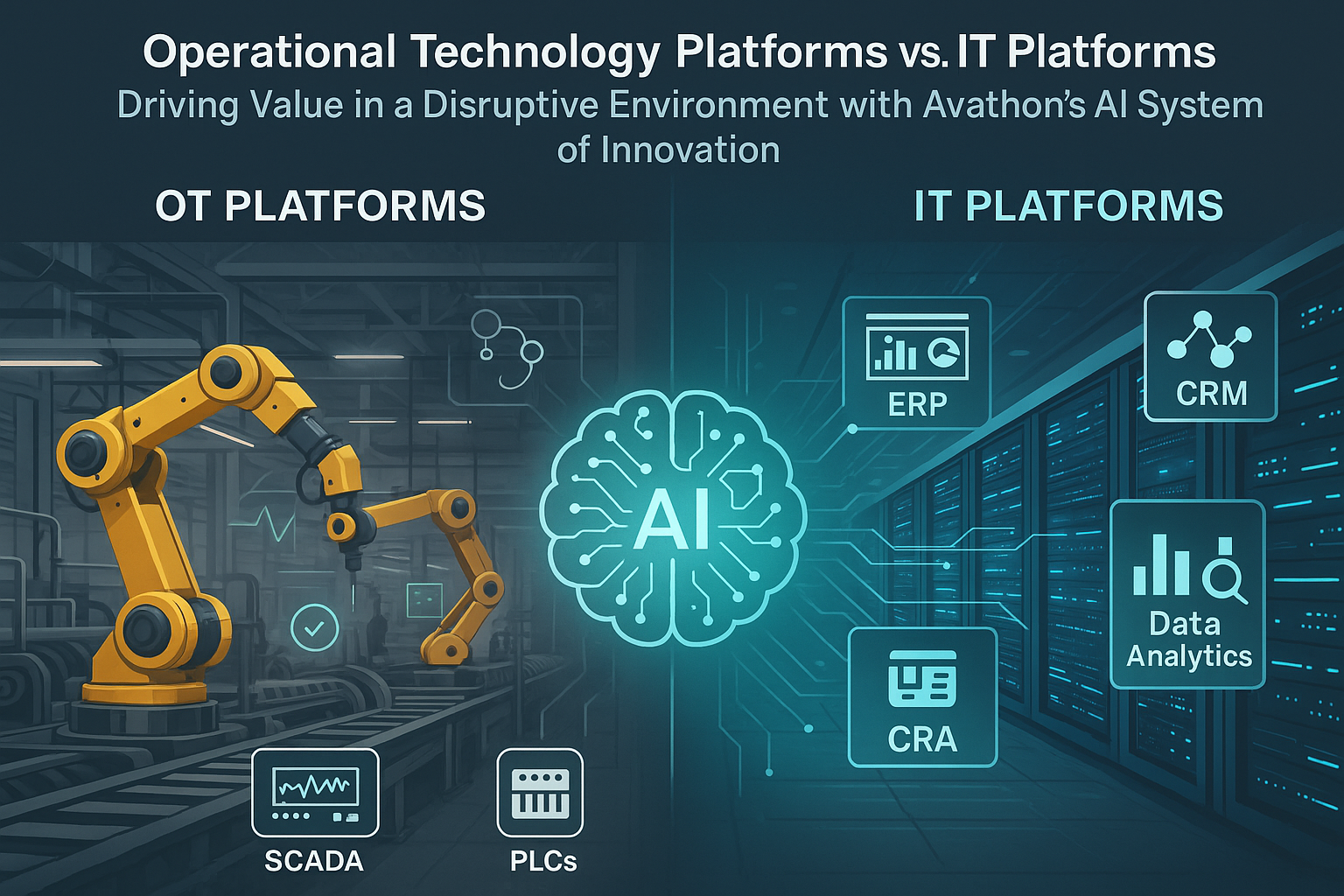Safety issues had become a major pain point for one oil and gas supermajor. The company was racking up nonadherence safety compliance reports and numerous workforce productivity issues across its myriad locations.
Enter AI-enabled computer vision. By layering Industrial AI applications on top of CCTV cameras, the company reduced its safety incidences by 90%, saving more than 11,000 workforce hours.
Effective risk management requires constant awareness of hazards, e.g.,vehicle/human interactions, workplace safety issues, or worker compliance with personal protective equipment (PPE) rules. Use of AI-powered technologies like Visual AI enables managers to be constantly aware of safety compliance, whether on an oil rig or in a manufacturing facility. In a recent report, the IOGP found that as many as 375 lives could have been saved globally through the use of such technology to proactively monitor for risks. Avathon is monitoring more than 100,000 cameras worldwide, continuously alert for risks that would otherwise go unnoticed.
An industrial AI framework for proactive risk management
Risk management is a constant challenge. This is true regardless of industry, business size or maturity. The latest generation of tools for managing risk is built using artificial intelligence, a technology well-equipped to identify and mitigate industrial and business risk. Industrial AI applications conduct analyses and generate crisis management action recommendations with speed and efficiency that humans cannot match. AI is objective, continuously learning and constantly improving its performance.
AI risk management is rooted in observation
Effective risk management begins by observing a system or process and monitoring its performance. One of AI’s core strengths is its ability to effectively digest and analyze immense quantities of performance data. The application can automatically seek out relationships in this information that would not be apparent to humans conducting manual analysis. Examples include:
- Structured data such as weather forecasts, market predictions, financial indices, etc. AI technology enables companies to ingest and process immense quantities of equipment and process data in real time.
- Textual data like news, experts’ speculations, material safety data sheets, incident reports, safety observation cards, etc. Natural Language Processing (NLP) technology can read handwriting and printed text in many languages, automatically gleaning important insights.
- Visual data from images and camera feeds analyzed in real-time can identify unsafe activities, behaviors, and man/machine interactions using advanced contextual scene understanding and knowledge of relationships between people, objects, and the environment.
AI adds reasoning and informed action to risk management
Presented with detailed information about potentially risky situations, AI-enabled algorithms identify links between actions and situations with risk outcomes that might not be obvious. Proactively alerting about an impending risky situation long before it occurs in real life saves both money and lives.
Having proactively identified potentially risky situations and identified potential responses, the AI algorithm selects specific actions most likely to effectively mitigate the situation. This decision is based on past experiences along with a comprehensive library of potential actions.
These responsive actions can take many forms. Some actions are immediate, like automatically operating fire sprinklers when a camera detects flames or notifying managers of unauthorized people in sensitive areas. Other actions are longer term: recommending topics for future safety campaigns or updating asset registries to document newly discovered hazards.
Industrial AI integrates continuous improvement into risk management strategies
AI learns about the effectiveness of its recommendations in various ways:
- Direct user feedback/training: Users manually update the classification of incidents, labeling AI-recommended results by the degree of effectiveness of the outcome.
- Automated outcome monitoring: AI monitors implementation of its recommendations automatically and the outcomes of such actions, scoring each action and its results.
Industrial AI engines tailored to specific industries then adapt recommendations to improve outcomes. Subsequent risk situations/threats benefit from knowing the outcomes of prior similar occurrences, progressively increasing the effectiveness of future recommendations.
A modern approach to risk management requires artificial intelligence
Avathon’s solutions address risk management in numerous important ways. The company’s industrial AI platform uses the power of machine learning and normal behavior modeling to provide advance warning of impending equipment failure or performance degradation. Visual AI technology provides advance warning of unsafe conditions, risky personal work practices, and potentially dangerous interactions between people and machines. Only through advance knowledge of potential problems can risk be managed effectively. Artificial intelligence provides the toolkit for achieving the requisite level of awareness to act effectively and adapt future behaviors to ensure optimal business performance.
Learn more about Avathon’s AI-enabled solutions and how they enhance risk management practices.




